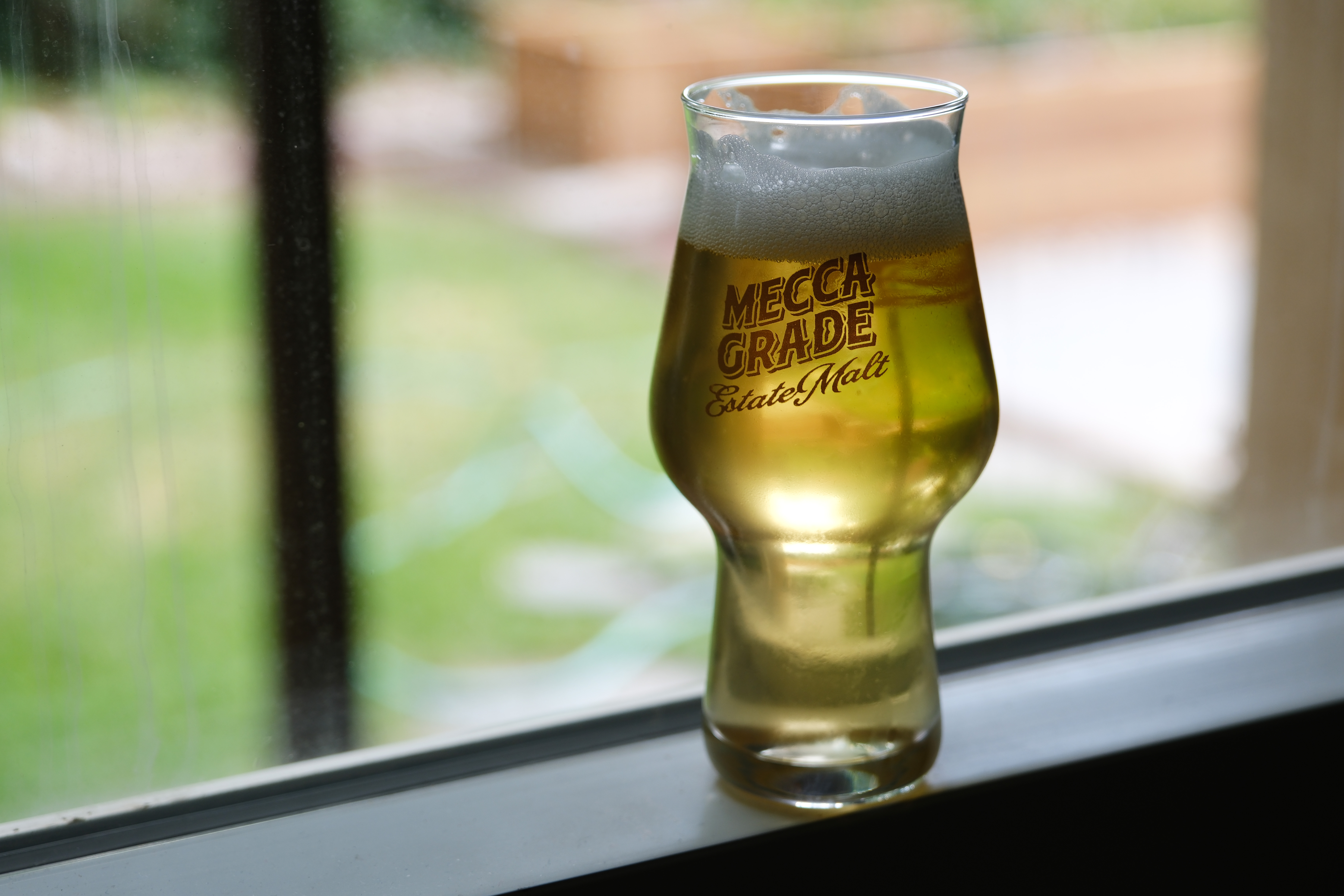130g = 0.2866lb
4gal = 0.129BBL
130g/4gal = 2.22lbs/BBL
I used 7 oz Citra in 6 gallons of wort or 2.26lbs/BBL, so pretty much identical DH level.
First taste of my WC Pilsner was good but not as good as what inspired the initiative - hop aroma was underwhelming compared to the keg from Tenma we tasted.
The fermentation chamber smelled fantastic during the 6 days I dry hopped so I suspect a great deal of my hop aroma escaped through the airlock…
3 days is less that the 7 days I went and 55F was cooler than the 65F I was at (dry-hopped during extended D-Rest) so I would appreciate to understand your exact process between slowing of primary, D-Rest, dry-hop and cold crash.
Here was mine:
Dry-hopped on day 5 as fermentation started to slow from bubbling rate to ~60% of peak (from 50 bubble per minute to 30 bubbles per minute).
Increased from 58F to 65F on day 6 when bubble rate slowed lo ~10% of peak.
After one full day at 58F, dry-hopping continued for another 6 days at 65F before kegging and cold crashing @ 32F.
I think I dry hopped too early and am thinking I’ll stop worrying as much about oxygen next time and dry hop after D-Rest and after activity has slowed under ~1% of peak (<0.5 bubbles per minute).
I’ve read a few posts from people who said they retain more hop aroma completing cold crash before dry-hopping, so I’m considering that as well.
So if I allow fermentation to complete and cold crash before dry hopping, the only two things I have to decide is what temperature to warm up to before dry/hopping after beer has been chilled to 32F and dry-hop for how many days before kegging?
Based on your process, maybe I should try warming back up to 55F and dry-hopping for only 3 days before kegging.
I want to come closer to recreating that Citra-only Tenma WC Pilsner that definitely slaps

.
I’ve also keg-hopped IPAs and not noticed any grassy notes or loss of hop aroma while keg was kicked over the subsequent 4-6 weeks on dry hops, so that’s another option I’m considering (which would mean warming to 55F or 65F after kegging with dry hops and agitating daily for 3-5 days before carbonating and chilling to serving temps).





